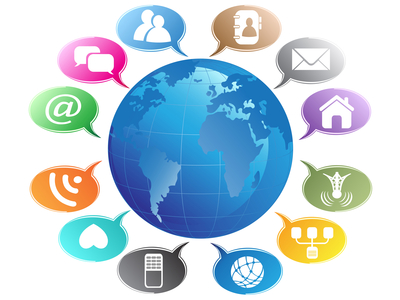 Engagement indicates a person’s level of commitment. It can come in many forms, such as diamond rings or “@” replies. But engagement, however you get it, can be the difference between a suspect, a qualified lead and a returning customer.
Engagement indicates a person’s level of commitment. It can come in many forms, such as diamond rings or “@” replies. But engagement, however you get it, can be the difference between a suspect, a qualified lead and a returning customer.
As we recently discussed, lead scoring ranks your prospective customers based upon metrics your organization deems necessary components of your ideal customer profile. Profile alone can provide excellent data such as who the “best fits” are for your service or product, however it cannot show whether or not the lead is engaged with your brand.
Think of engagement as a measurement of how committed a lead is to your brand. Are they responding to your emails, visiting your website, downloading collateral, and interacting with you via social media? Engagement is not your activity with the prospect, but rather when they have “thrown the ball back to you” and accepted your offer to download an infographic, read a blog post or check-in via Foursquare.
Engagement is more about listening than responding. When we listen to our customers and observe their behavior, we’re able to engage in more helpful and meaningful conversations. Social media has greatly impacted our ability to do this and to do it quickly.
Companies that engage with their customers via social media have more loyal customers. Better yet, customers who engage with a brands online report spending 20% to 40% more on that brand, or on that company’s products.
Marketing Fail
Recently, I visited the website of a retailer looking for some office supplies that were unique and fun. I happened to find a planner that met my needs and was on clearance since the year was nearly halfway through. I purchased the planner for $7.99 and selected ground shipping, spending under $10 total. The next day I received an email from the retailer suggesting other items from their online store to consider. A trunk priced at $799 was the main graphic on the email. Clearly, this brand missed the mark – they didn’t listen to the customer!
Had this retailer listened to me, they would have seen I was interested in 1) office supplies, 2) clearance items and 3) unique gift ideas based upon my activity on their website. Further, they wouldn’t have suggested I consider purchasing a large trunk 100x the price of the item I actually bought from them the day before.
Needless to say, I unsubscribed from the company and haven’t purchased anything from them since.
A winning combination
Combine engagement with customer profiles and suddenly your data becomes smarter. Marketing can segment people according to their profile score and engagement level. This translates into campaigns with relevant messages, offers and promotions. In a nutshell, you can optimize your marketing effectiveness and provide valuable insights to sales to increase their effectiveness as well.

With data comes responsibility! I believe customers love when data is utilized responsibly to provide a unique experience. But when it’s collected and NOT used, it’s worse than not using it all. Fantastic post Lauren!
Pingback: TweetChat: Exploring lifecycle marketing | Right On Interactive
Pingback: Marketing Innovation: What it is and isn't | Right On Interactive